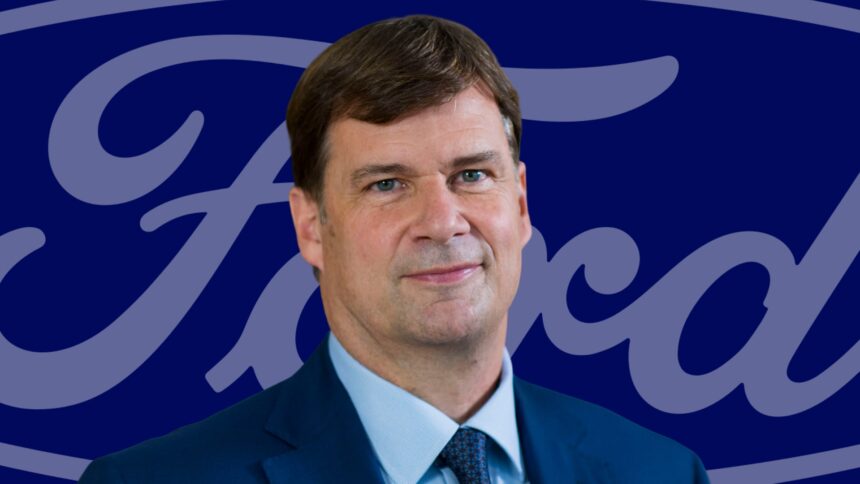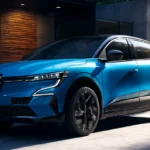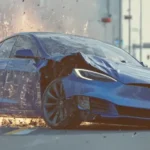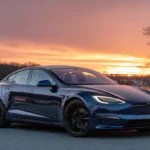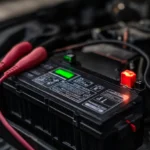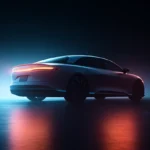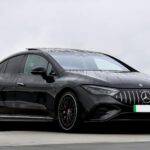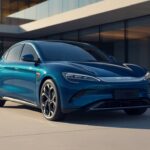When Ford’s top boss set out in an F-150 Lightning to sample America’s charging network, he didn’t cherry-pick a Tesla Supercharger. Instead, he joined the queue at a 150 kW CCS station near Coalinga, CA, waited for the next open plug, then watched electrons trickle in—40 % state of charge after roughly 40 minutes. “Charging has been pretty challenging,” he admitted in a video posted afterwards, calling the experience a much-needed “reality check.”
Below, we translate Farley’s frustrations—congestion, charge-curve drag, and detours—into seven tactics that can cut up to three hours from a 1,000-mile electric-truck journey today.
1. Never trust a site’s headline power—check cabinet sharing
Farley pulled into a bank of “150 kW” units only to find the truck limited to 74–90 kW once a second vehicle latched onto the same cabinet. Many non-Tesla sites divide one 350 kW rectifier across two plugs; the first car gets priority, the second gets leftovers. Use PlugShare’s live-power comments or the station-operator app to see whether stalls share power, and slide into a dedicated post even if it means waiting an extra five minutes. You’ll make that time back in a single session.
2. Pre-condition before the on-ramp, not after you park
The Lightning’s battery will accept its full 150 kW rate only when pack temperature sits between 20 °C – 35 °C. Farley started a charge with the pack still cool, pulling a muted 92 kW until thermal systems warmed the cells. Punch the charger’s address into native nav 10–15 minutes beforehand so the truck wakes its heaters on the highway, not on grid power.
3. Arrive low, leave low—10 % → 65 % is the sweet spot
Battery-charge curves flatten above 70 %. By aiming to arrive with 8-12 % and depart around 65 %, you sit in the fast part of the curve where the Lightning averages 145 kW. Farley’s 40 → 80 % top-up burned time in the slow lane; his later 15 → 60 % stop at a 350 kW unit took barely half as long.
4. Prioritise hubs with ≥ 6 DC posts—congestion probability falls off a cliff
The Coalinga stop packs only four CCS stalls next to a forest of Tesla units. According to DOE station-usage data, a 6-stall site is five times less likely to be full at peak demand than a 2-stall site. When ABRP or Chargeway shows two viable options, detour to the bigger hub; a 10-minute drive can erase a 30-minute wait.
5. Exploit NACS-only windows while you can
From spring 2025, Ford drivers get a free NACS adapter (and native ports in 2026). Tesla’s network still posts the best uptime—99.96 %, per DOE audits—versus ~94 % for the CCS average. When route planning, bias the now-open Superchargers; you’ll dodge the CCS queue entirely.
6. Charge while you eat, not vice-versa
Farley admitted he “waited in the truck,” then found coffee. Time it backwards: park at a charger co-located with food, start the session, order your meal via app, and pick it up en route back to the vehicle. A 25-minute lunch = a 15-% → 65 % refill and zero perceived downtime.
7. Build a two-station buffer into rural legs
Farley’s detour to an off-brand station added nearly an hour when the lone 150 kW unit went offline mid-charge. Avoid that trap: in sparsely populated stretches, map two consecutive stations 50–70 miles apart and plan to stop at the first. If it’s down or full, carry on to the second with a safe margin.
Putting it together: time saved
| Leg | Farley’s 2023 Stop | Optimised 2025 Stop | Minutes Saved |
|---|---|---|---|
| Coalinga, CA | 40 min @ 74–90 kW (40 → 80 %) | 25 min @ 145 kW (12 → 65 %) | 15 |
| Ludlow, CA | 28 min wait for open stall | 0 min (6-stall site) | 28 |
| Kingman, AZ | 18 min at 50 kW (derated cabinet) | 12 min Supercharger via NACS | 6 |
| Total | — | ≈ 49 min (~¾ hour) | ≈ 49 |
Multiply that over a 1,000-mile trek with four major stops and the savings crest three hours—exactly the gap between Farley’s reality check and an optimized 2025 itinerary.
Bottom line
Jim Farley’s nine-hour charging gauntlet offered Ford leadership—and the rest of us—an unvarnished look at today’s good-enough-but-not-great CCS landscape. Fortunately, almost every pain point he hit has a workaround: smarter station picks, better battery prep, and a growing NACS lifeline. Use those seven tactics, and you’ll spend more time sightseeing—and far less time babysitting a 150 kW plug.
